How to propagate chlorophytum by seeds and layering, plant rejuvenation
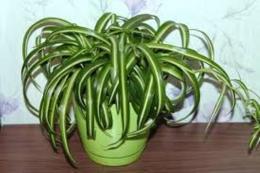
Chlorophytum occurs naturally in tropical climates. But he does not have an urgent need for warmth and moisture. It is used for landscaping apartments in different countries, without worrying too much about maintenance. Chlorophytum unpretentious and easy to propagate.
If you know how to propagate chlorophytum, then it is enough to have one adult plant at home to fill all the pots in the house with flowers in the shortest possible time.
Content:
- Description of the plant
- Reproduction of chlorophytum by seeds
- Reproduction of chlorophytum by layering
- How to plant a chlorophytum baby correctly
- How to rejuvenate a plant
- Features of care
Description of the plant
The perennial plant is a bush up to half a meter high. It has a short stem and developed long foliage. The strong rhizome is dotted with tubers that accumulate moisture.
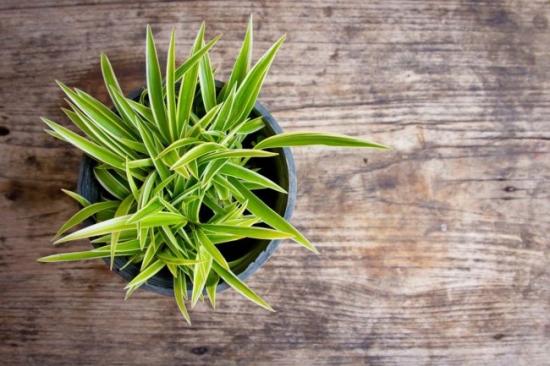
The leaves are smooth. There are variegated and plain ones. The length is varied - from 15 cm to a meter. Blooms chlorophytum in spring or autumn. The buds form on long tendrils at nodes or cobs. The flowers are light and small, consisting of 6 petals.
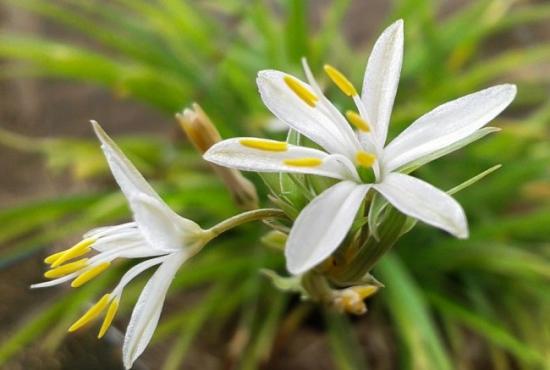
After flowering, babies form on the tendrils. They are a rosette of leaves and roots. When pollinated, it starts fetus. It looks like a dry box with three compartments inside.
In total there are about 200 species of chlorophytum. The following varieties have become popular in our country.
Crested
Has linear leaves. They are long and narrow, symmetrically located.Arrows with flowers and kids.
Winged
The second name is Orange. Its leaves are oval and wide. They are dark green in color with an orange petiole and midrib.
The inflorescences of the plant are spike-shaped. Mainly reproduces seeds.
Curly
He's Bonnie. The leaves of the variety are long with a light center.
They twist into a spiral, wrapping around the stem and pot. Like the Crested, Bonnie forms long arrows with the babies.
Cape
The lanceolate leaves of the variety reach 1 meter in length. The width is approximately 3 cm. It does not have long whiskers.

Flowers are formed on short stems. Reproduction mainly by dividing the bush.
Reproduction of chlorophytum by seeds
This type of propagation is suitable for the winged variety. The most suitable time for sowing is the beginning of spring. Pre-prepared seeds, which are taken out of the box in December, are soaked for a day in water or a growth stimulant. Planting is carried out in moist soil consisting of peat and sand in equal quantities.
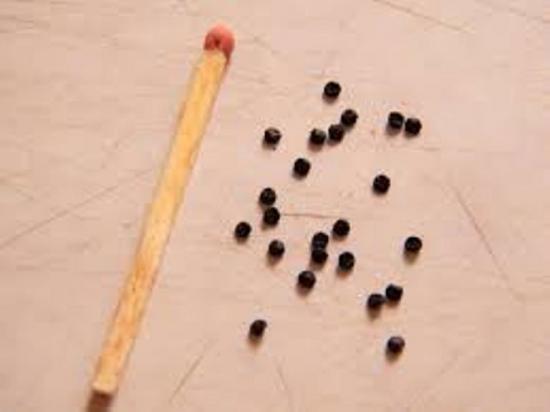
Seeds should not be buried in the ground. It is enough to lightly press them into the soil. Then the container is covered with film or a glass jar and placed in a warm place. The optimal temperature for germination is + 22 C.
The shelter should be raised occasionally to ventilate and moisten the soil with a spray bottle. Seeds germinate in about 2 months. At this time, ventilation should become more frequent. Picking is done when 2-3 true leaves appear.
It should be remembered that chlorophytum seeds have a long dormant period - a little less than a year. And the germination rate is not too high - no more than 40%.
Reproduction of chlorophytum by layering
A method in which young plants are the strongest, and it takes little time.Suitable for varieties with kids grow immediately with the root system. The good thing about this method is that it is available at any time of the year.

The rosette with roots is taken to a nearby pot and buried in the ground. The tendril is not cut off, but pressed to the soil with a pin. The soil must be moist and the air temperature at least + 20 C.
Additional nutrition from the mother flower allows the children to quickly take root and develop well. After rooting, the tendril is cut off. If this is not done, it will dry out on its own over time.
How to plant a chlorophytum baby correctly
Chlorophytum crested is usually propagated by children. Its rosettes already have roots and are immediately ready for transplanting. But there are varieties in which the children grow only with leaves. They must be separated in advance and placed in a glass of water until the rhizomes appear. In a similar way, you can prepare cuttings. They also take root well.
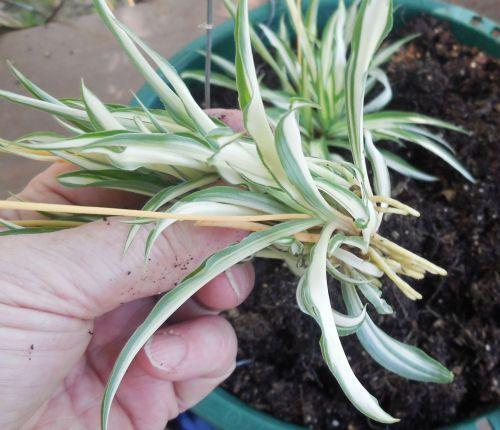
For planting you will need special soil. To prepare it, take turf, leaf soil and sand in a ratio of 3:1:1. Add a little to the resulting mixture peat and humus. A drainage layer of small pebbles must be placed at the bottom of the pot so that the roots do not rot from excess moisture.
Young children are suitable for such reproduction. The old ones take root much worse. You need to take rosettes from plants that are 3-4 years old in spring or summer.
How to rejuvenate a plant
Dividing the bush is also a way to propagate chlorophytum. In addition, it helps to rejuvenate the flower and give it more strength for further growth.
Since chlorophytum is actively growing, it needs transfer. At the same time, the bush can be divided. To do this, it is watered abundantly several hours before the procedure.The soil should be soft enough to allow the plant to be removed without damaging the roots.
The bush is taken out, the roots are freed from the soil and carefully unraveled. Rotten and damaged roots are removed. Then the plant is divided into several parts.
The pot for replanting is selected taking into account the fact that the flower in this container will have enough space until next year. Then the soil is prepared. It consists of equal parts of humus, sand and leaf soil. The soil is disinfected by watering with boiling water. When the substrate has cooled, you can place the bush in it.
Features of care
The plant is extremely unpretentious. But in order for it to feel good and grow actively, you should follow simple rules.
Lighting
Partial shade is preferred. The optimal place to place the flower is the east or west side. If the windows face south, it is better to remove the pot from window sillso that the leaves do not burn in direct sunlight.
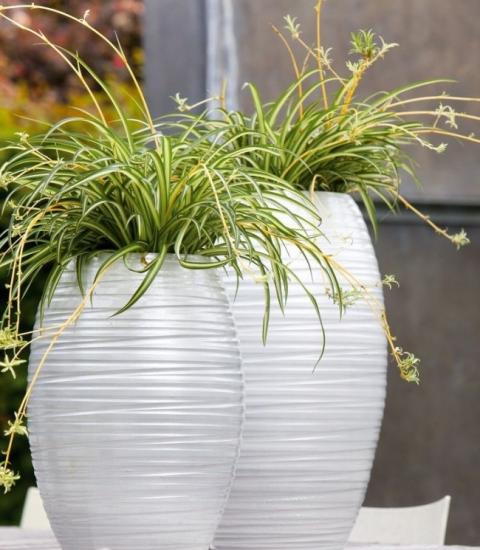
Humidity
This tropical plant loves high humidity of 40-90%, but also thrives in dry climates, although it grows more slowly. It is useful to regularly spray the bush with a spray bottle and wipe the leaves with a damp cloth to remove dust.
Temperature
Chlorophytum tolerates both heat and coolness well. It is advisable that the temperature in the room with the flower does not fall below + 10 C.
Watering
For these purposes, use settled water at room temperature. Water It should be applied generously so that the liquid saturates the entire soil and flows into the pan. The next watering is done when the surface of the soil dries out but remains slightly moist. It is important not to overwater the plant, otherwise the roots will rot and the leaves will become heavy and break.
It is better not to add chlorophytum than to overfill it.You should carefully monitor the well-being of the plant and maintain the humidity balance.
Top dressing
In the first 3-4 months after planting, fertilizing is not required. Then every couple of months you should fertilize the plant with a complex solution for indoor flowers.
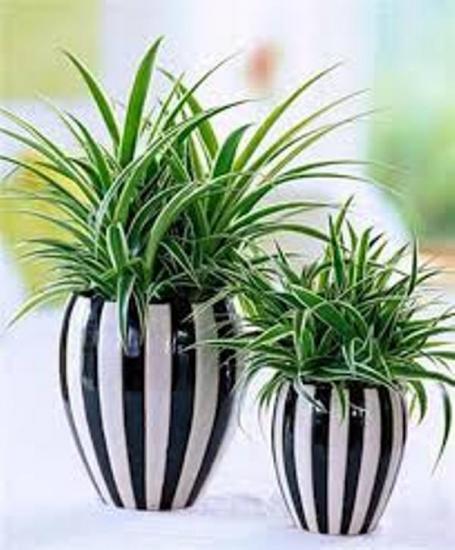
Trimming
The bush needs sanitary pruning as needed. Damaged parts of the leaves are removed with sharp scissors or pruners. If the leaf is severely broken off or dried out, it is torn off close to the stem.
Pruning is done before the next watering, when the foliage is not too juicy. Peduncles are cut off at the base or internode after the babies are removed.
Chlorophytum used to be found in every apartment. Now he has become undeservedly forgotten. And completely in vain. This plant can decorate any interior; it looks simple and chic at the same time.
You can learn more about how to propagate chlorophytum and how to transplant it by watching the video:


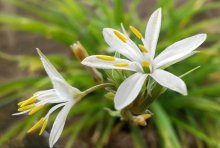
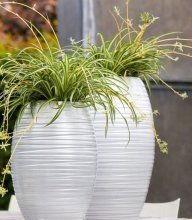

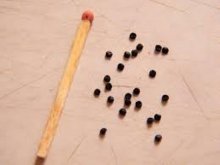

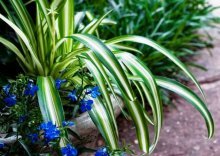
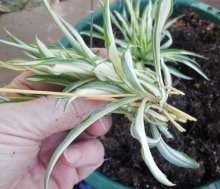
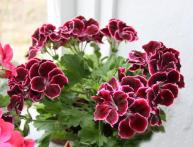
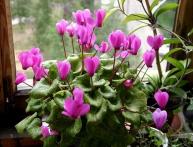
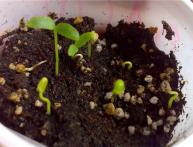
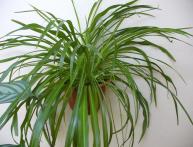

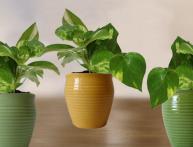
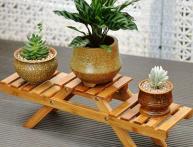
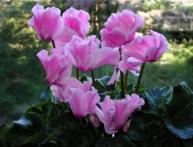
Comments
Reproduction by layering is more practical, my mother’s friend once gave us the opportunity to propagate this plant in this form, since then we have been growing this flower and now there is more than one. Seeds have never been grown.
Chlorophytum is truly an absolutely unpretentious plant, and propagating it is as easy as shelling pears. I like to plant it in hanging pots, then the foliage looks especially beautiful. But due to rapid growth, they have to be replanted often.
The flower is beautiful, I love it. It grows in my kitchen, as it is a filter plant and purifies the air very well. You need to plant it in a spacious pot, as the root is very powerful.
I have always propagated it by layering, or by children in other words. It gives roots very quickly. Unpretentious. One problem - the cat loves to eat it.Therefore, I had to say goodbye to the plant.
A very unpretentious plant. It is easily propagated by layering, you can put it in water, or you can dig it straight into the ground. An excellent option for landscaping office premises and children's institutions. A little boring for an apartment, in my opinion. At home I want more exotic plants.